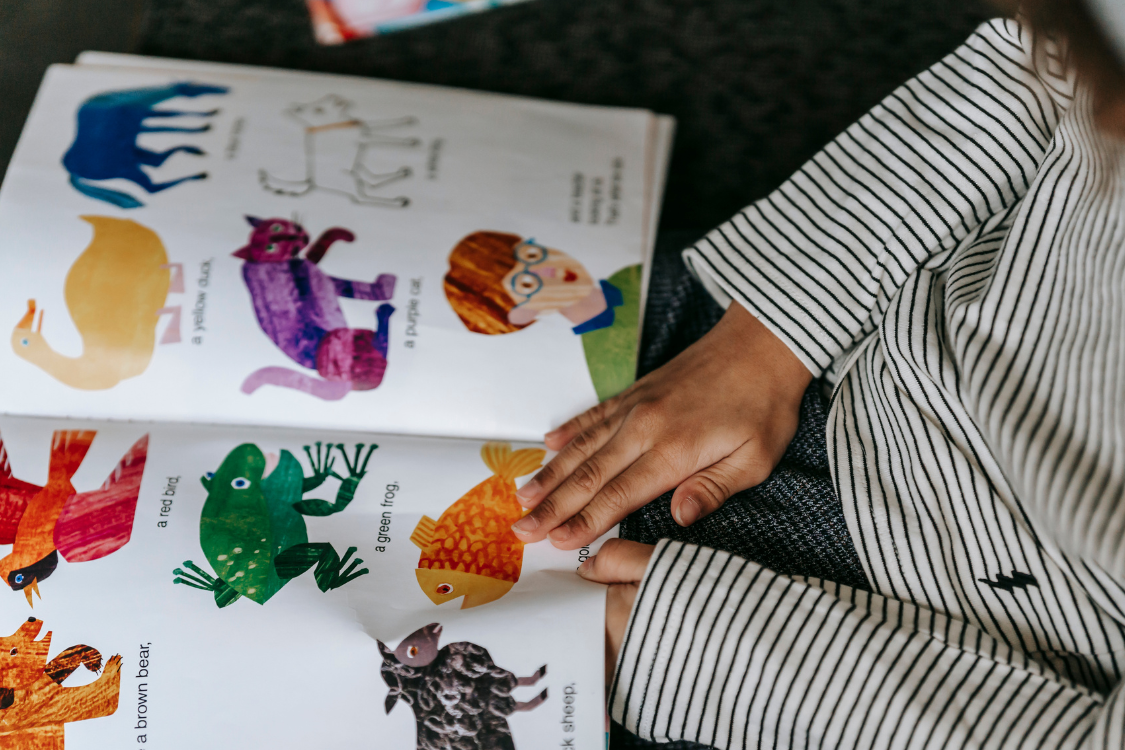Teaching phonics to young children can be both fun and effective when you incorporate picture books into your instruction. Picture books naturally engage preschoolers while providing countless opportunities to develop crucial pre-reading skills. In this article, we’ll explore how to strategically use picture books to build phonological awareness and early phonics skills in your classroom.
Why Use Picture Books for Phonics Instruction?
Picture books offer several unique advantages for teaching phonics to preschoolers:
Multi-sensory engagement: Books combine visual, auditory, and interactive elements that help young children connect letters with sounds
Natural context: Children learn phonics patterns within meaningful, engaging stories rather than isolated drill exercises
Built-in repetition: Many picture books contain repetitive patterns that reinforce phonological awareness
Social-emotional connection: Sharing books creates positive associations with reading and phonics learning
Select the Right Books for Phonics Instruction
When choosing picture books for phonics teaching, consider these key factors:
Clear phonological patterns: Look for books that emphasize specific sounds, rhymes, or letter patterns you want to teach
Age-appropriate content: Select stories that match your preschoolers’ interests and attention spans
Quality illustrations: Choose books with clear, engaging pictures that support sound-letter connections
Interactive potential: Find books that encourage participation through predictable patterns or rhythmic text
Top Picture Books for Teaching Early Phonics Skills
Here are some excellent books to get started with, organized by specific phonological skills:
Beginning Sound Awareness:
- “Did You Take the B from My -ook?” by Beck and Mark Stanton – Perfect for isolating initial sounds
- “Click, Clack, Quackity Quack” by Doreen Cronin – Uses alliteration to highlight beginning sounds
- “The Hungry Thing” by Jan Slepian – Features playful sound substitution
Rhyming and Word Families:
- “Giraffes Can’t Dance” by Giles Andreae – Emphasizes rhyming patterns through rhythm
- “Sheep in a Jeep” by Nancy Shaw – Focuses on the ‘eep’ word family
- “See You Later, Alligator” by Sally Hopgood – Introduces rhyming farewell phrases
Letter-Sound Connections:
- “The Alphabet Tree” by Leo Lionni – Teaches how letters combine to make words
- “There’s an Ant in Anthony” by Bernard Most – Highlights letter patterns within words
- “D is for Dress-Up” by Maria Carluccio – Connects letters to familiar vocabulary
Implement Picture Books in Your Phonics Lessons
To maximize learning, try these teaching strategies:
Pre-reading Activities:
- Preview the book’s cover and discuss what sounds or letters students might encounter
- Practice target sounds or patterns before reading
- Set a clear purpose for listening (e.g., “Listen for words that start with /b/”)
During Reading:
- Encourage participation by having children complete predictable phrases
- Pause to highlight specific phonics patterns
- Use gestures or movements to reinforce sound-letter connections
- Point to letters while making their sounds
Post-reading Extension Activities:
- Create class books using the same phonics pattern
- Play sound-matching games with pictures from the story
- Have children draw and label pictures featuring target sounds
- Act out the story while emphasizing specific sounds
Make It Interactive
Keep your preschoolers engaged with these hands-on activities:
- Sound Hunts: Have children identify objects in the book that begin with a target sound
- Picture Sorting: Cut out pictures from magazines that match sounds from the story
- Movement Activities: Create actions for different sounds or letters encountered in the book
- Art Projects: Draw pictures of items from the story that share common sounds
Tips for Success
Remember these key principles when using picture books for phonics instruction:
- Keep sessions short and playful to maintain engagement
- Reread favorite books multiple times – repetition supports learning
- Focus on one phonics feature at a time to avoid overwhelming young learners
- Connect sounds to letters naturally within the story context
- Celebrate attempts and progress to build confidence
Support All Learners
Differentiate your instruction by:
- Providing extra support through small group reading sessions
- Using props and manipulatives to reinforce concepts
- Offering multiple opportunities to practice skills
- Adjusting the pace based on individual student needs
Next Steps for Phonics
Start building your classroom library of phonics-friendly picture books and plan how to incorporate them into your daily routine. Remember that the goal is to make phonics learning enjoyable and meaningful for your preschoolers.
For more phonics teaching resources and picture book recommendations, visit Phonics.org, where we regularly share expert reviews and teaching strategies to support early literacy development.
Remember: The most effective phonics instruction happens when children are engaged and having fun. Picture books provide the perfect vehicle for introducing and reinforcing essential pre-reading skills while fostering a love of reading that will last a lifetime.

